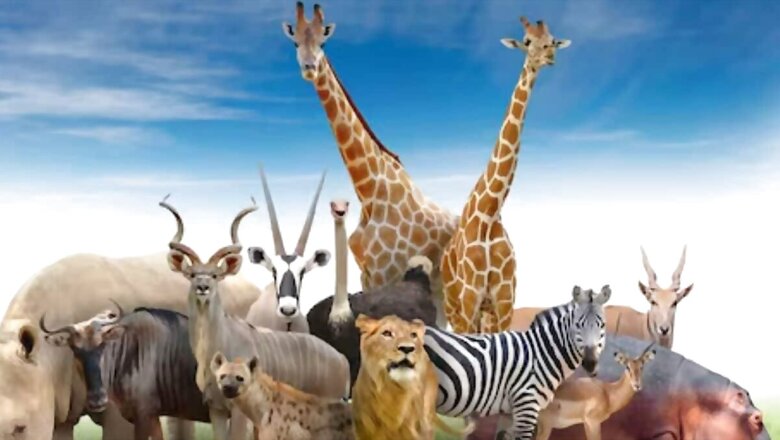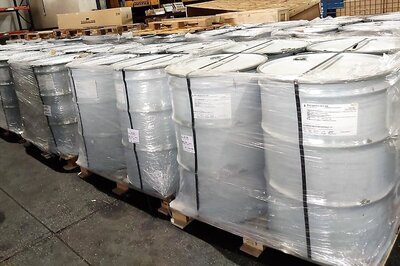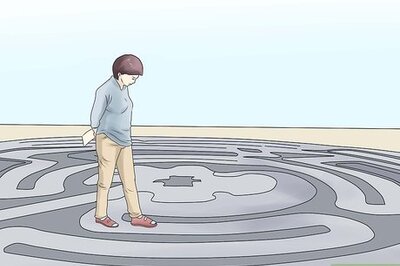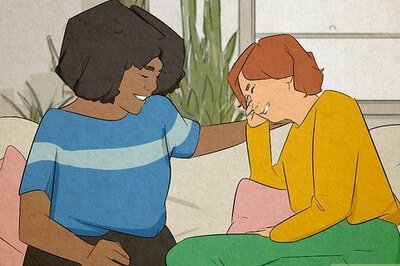
views
There are many creatures in the world about which people have little knowledge. Some of them are very unique and useful. Many times, human life relies on these creatures. Do you know there is a creature whose blood is the most expensive in this world? You will be surprised to know that the blood of this creature is said to be the most expensive blood in the world; it is so expensive that it is stored and used for medical purposes. We are talking about Horseshoe Crab. According to reports, the horseshoe crab is a 450 million-year-old creature, which is said to be older than dinosaurs. These crabs’ blood is the most expensive in the world. They have shells and a tail in their body. The blood of these crabs is blue in colour because of the hemocyanin, which is mixed in their blood. It is a copper-based respiratory pigment. As per reports, these crabs are extremely valuable; their blood is also called blue gold.
According to reports, the price of 1 litre of blood is 15 thousand dollars, that is around Rs 12 lakh. Do you know why this blood is so expensive? Actually, the medicinal value of this blood is very high. The blood of this creature contains a protein called Limulus Amebocyte Lysate (LAL). It is used by drug and medical equipment manufacturers in testing their products.
They use this blood to test the presence of endotoxins in their products. These bacterial substances can cause fever in humans and can also be fatal at times. These creatures are found off the coast of the Atlantic Ocean in America. After the bleeding process of these creatures, 10 to 30 percent of crabs do not survive.
As per reports, the medical industry catches around 6,00,000 horseshoe crabs. The crabs are drained of 30 percent of their blood, and up to 30 percent of the crabs don’t live through the process. The survivors are returned to the water, but no one really knows how well or if they recover.
In 2016, the International Union for the Conservation of Nature mentioned the American horseshoe crab as vulnerable on its red list, one step below endangered.
















Comments
0 comment